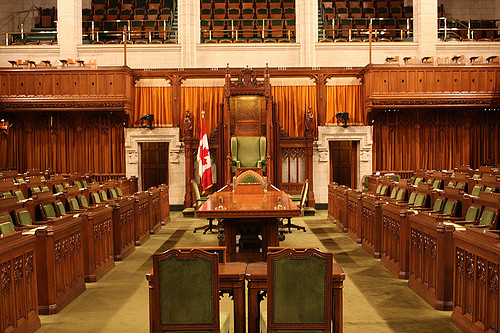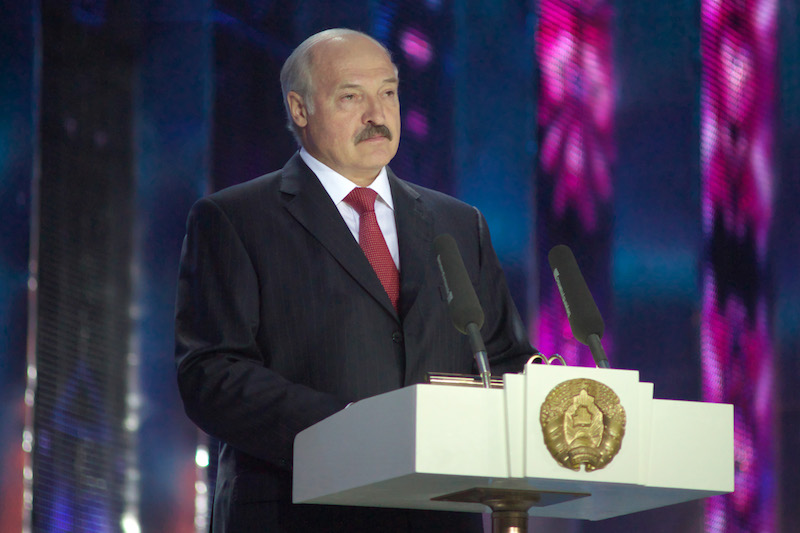Europe’s domestic and foreign security has been steadily deteriorating, and some argue a common European defence will bolster the EU’s capacity to tackle diverse security challenges. Prominent threats confronting EU member states are the threat of Islamist terrorism, Moscow’s imperialist tendencies combined with its desire to regain its old sphere of influence, and the refusal of an erratic American president to confirm his engagement in NATO.
Part I of this series discussed the recent creation of the European defence fund, which is set to increase the pooling of investments and research in the field of defence between EU states. Part I concluded that the fund is insufficient in ensuring Europe’s security and that more ambitious measures must be taken in years to come. One such proposition is the creation of an EU army, proposed by Jean-Claude Juncker in 2015. Whereas this army would bolster the EU’s security, the path to its formation is long and strewn with obstacles.
The Pleven Plan and the European Defence Community
The project of a European army was first conceived in the aftermath of World War II, in the early days of the European project. In 1950, the French politician René Pleven proposed the creation of a European army made up of multinational European divisions, which would amount to a force of 100,000 soldiers. The army would be funded by a common European budget, run by a European Minister for Defence and placed under the operational command of NATO.
Belgium, France, West Germany, Italy, Netherlands and Luxembourg signed the Paris Treaty establishing the European Defence Community (EDC) two years later. The EDC planned for a European army consisting of 40 national divisions of 13,000 soldiers, which is greater than the original proposal of the Pleven Plan. The EDC never came into force because the French assembly refused to ratify the treaty in 1954. Since then, no further major attempts to launch a European army were made.
What would a European force look like?
As envisioned more then sixty years ago in the Pleven Plan and the EDC, a European army should comprise forces from various EU member states. Membership should not be mandatory, as some EU members may not want to contribute to this force. Rather, just like the European Monetary Union, states would choose to be part of the army. Contributions would be mandatory and proportional to the size and capabilities of a state’s national army. If large enough, this force could tackle threats no EU state is able to face on its own. In order to ensure interoperability between the various contributing forces, a European army could be supported by a joint equipment and armaments program and by the European defence fund. The EU army would be capable of engaging in various defence operations, such as territorial defence, expeditionary operations, crisis management, and disaster relief.
A European army would lead to a stronger transatlantic alliance. Since most EU member states are part of NATO, an EU army would give NATO a “European arm” without supplanting it. Moreover, it would enable the EU to engage in various defence operations if its interests diverge from those of key NATO members, such as the United States. A European army would also centralize EU contributions to UN missions.
Like past EU initiatives this project could be launched by a core cluster of EU states with similar perceptions of the Union’s security environment. Other European states seeking to bolster their security would then join onto the project once they meet certain criteria, should founding members define any. The Franco-German tandem headed by Emmanuel Macron and Angela Merkel could provide the impetus for the creation of such a project.
Envisioned by the EU Institute for Security Studies, a civilian High Commissioner for European Defence could politically lead the army. A Supreme Commander, nominated by the EU army’s member states, would oversee operational decision-making. The Commissioner would be under the command of a European Defence Council, made up of the defence ministers of all member states. Member states would have to determine whether the Council’s decision-making procedure works according to majority, qualified majority or unanimity.
Dream or Reality?
There is still a long way to go before a European army is created. Several EU members could start by increasing their cooperation in the field of defence, through joint military exercises between their national armies and the creation of European defence colleges, in order to adapt and culturally familiarize themselves with each other. Due to the already existing cooperation between the air forces of several EU member states, a further step towards a European army could be the creation of a European air force.
It is however uncertain whether the EU will one day have the drive to embark on such a project – Europe may continue relying on NATO as a guarantor of its security, without deepening its cooperation beyond a European defence fund. Hence, before a European army becomes a reality, it must first become a dream. For that to happen, EU members need to acknowledge that a stronger European defence translates into a stronger transatlantic alliance while diminishing the Old Continent’s dependence on NATO and the United States for its security.
Photo: Transall C-160 French Air Force via Wikimedia Commons.
Disclaimer: Any views or opinions expressed in articles are solely those of the authors and do not necessarily represent the views of the NATO Association of Canada.




